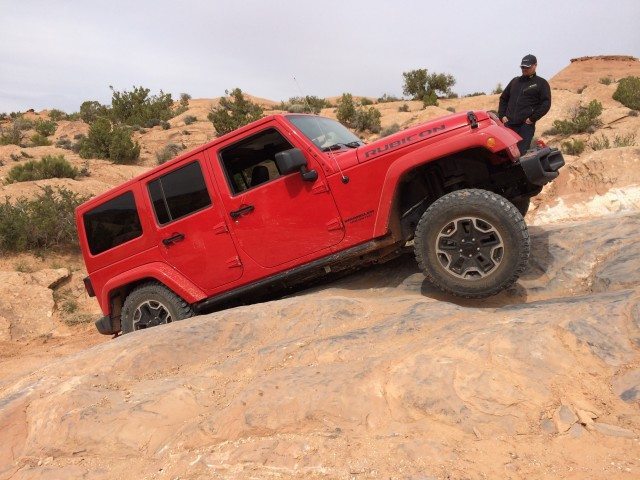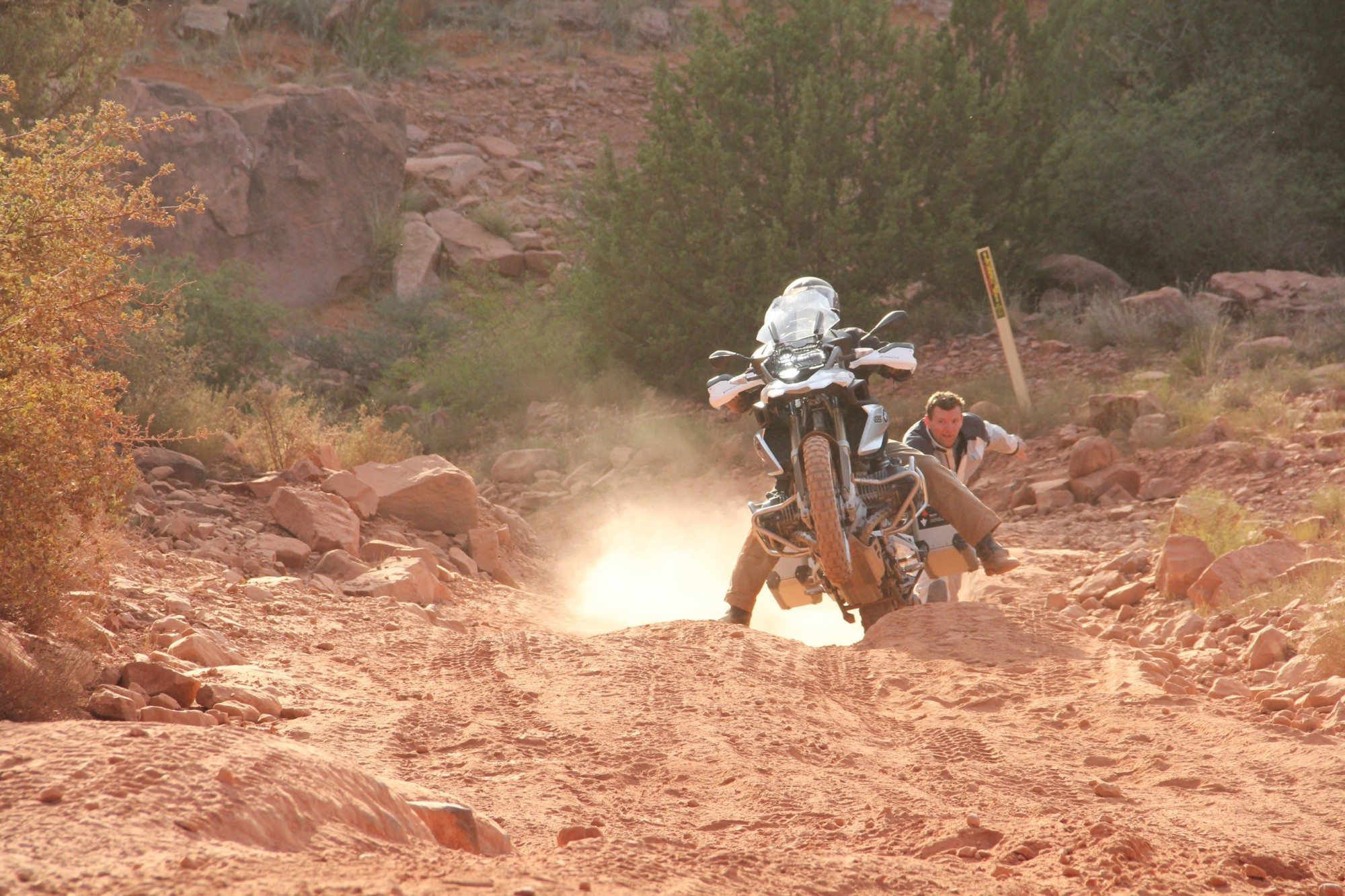We’ve probably all been in the same situation at least once. After rounding a turn, you roll up to an obstacle, or series of them, that give you pause. Part of you is compelled to soldier on to test your off-road chops. The other part of you, the smart one, realizes doing so would not just test your mettle, but probably dent some actual metal.
Every overlander from greenhorn to seasoned expert will eventually encounter a road that exceeds their ability to safely traverse it. The only logical solution to preserve man and machine is to turn around. I’ve done it countless times and I’m sure you have too. If you haven’t, you will. Knowing when to call it quits is as important as any off-road driving skill you will ever develop.
The first thing to assess when faced with a challenging road is to realistically weigh the risks and rewards. At what point is tackling a tough road not worth the effort?
The reward
Most people will want to overcome a tough trail for the intrinsic fun-factor it affords. It feels good to win. It also helps develop skills by pushing limits. Sometimes the payoff for conquering an obstacle is a little more nebulous. Maybe turning around isn’t an option and involves even greater risks. Maybe circumstance demands you proceed when you otherwise wouldn’t. What if one of your travel mates is injured and help awaits on the other side of a gnarly patch of trail?
There are endless scenarios where the upshot of pushing on offsets the portent of something going pear shaped. The critical element to measuring the risk/reward quotient is little more than––honesty. Fail to be true to your abilities and the capabilities of your equipment and you will drive headlong into mishap.
The risks
It’s usually pretty easy to establish reasons to forge ahead. Validating the things that could go wrong, or pinpointing all of them, is far more difficult. I worry. It’s what I do. It stems from years of solo travel and guiding paying clients, their well being tied to my decision making. I see a pine cone on the trail in front of me and automatically engage my low range. I also don’t suffer many negative consequences of my decisions.
If unlike me, you don’t behave like Woody Allen when faced with a tough scenario, you’ll hopefully take a moment to go through a mental checklist to mitigate a negative outcome.
- Have you ever tackled a similar situation successfully, or is this a total unknown?
- Do you have anyone with you to help make the decision? Do you trust that person, or are they bad idea generators?
- Can you comfortably say your equipment is up to the challenge?
- What recourse do you have if you fail? Can you recover yourself? Can you repair any potential damage?
- Who and what are you putting in harm’s way? Are you making choices for yourself or someone else?
- What is the worst case scenario? If you can’t foresee it, or contemplate the successful resolution, turn around.
- Have you prepared for as many scenarios as possible including repairs, injuries, or a long walk to help?
There are infinite considerations to be weighed from the amount of daylight available to the threat of changing weather, or unexpected mechanical failures. You don’t have to wring your hands and languish over the scary stuff as much as I do, but don’t ignore it, either.
Once you’ve decided to give it a go, and measured the pros and cons, get logical about your problem. A few minutes of brain time can often eliminate a lot of manifested woes. Come up with a plan.
- Walk the road. Don’t just eyeball a tough section of trail and plow onward. Get out. Walk the road and select your line. Look for hazards you can’t see from behind the wheel. If you need to, don’t just walk the length of the first obstacle, take a short hike down the road. There’s no sense maneuvering over a tough patch if an impossible patch is right around the next bend.
- Take an inventory. Did you pack your recovery gear? What supplies are on hand if you get seriously cobbed up and forced to spend the night in the woods. Are your communication devices in range and operational?
- Remember the fundamentals. Use a spotter if one is available. Don’t forget to air down and double check you have your equipment properly set up for the task ahead. I watched one driver struggle terribly on an obstacle only to realize they forgot to engage 4WD.
My last bit of advice is one I try to remember as often as possible. Tragic outcomes in the backcountry are often not the result of one bad decision, but of cascading bad decisions. The trick is not to get that ball rolling and not make the first questionable call. If it proves to be a bum idea, realize the next decision will either right your course, or steer you that much closer to disaster. – CN
Sometimes not turning around when you perhaps should have results in a day you’ll not soon forget and a reward you never could have seen coming. A few years ago our crew went out for a short three hour ride that quickly devolved into a ten hour epic. Nobody got hurt. Everyone was exhausted, and as hard as it is to believe, Scott Brady didn’t drop that bike. Not once.
Even a modest hurdle can present an interesting dilemma. This was only one of a handful of tricky patches on a 100 mile loop. Had it been 100 miles of continual tricky patches, I never would have attempted it. I knew this route like the back of my hand which helped me better manage my risks. Knowledge is the most powerful tool in the overlanders tool chest.






